
Viewpoint: Turnarounds to support Asia product margins
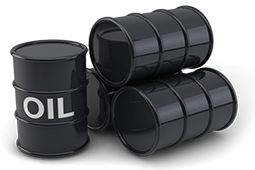
The outlook for gasoil has weakened in the past few months, confounding expectations. Middle distillates had been poised to be the best-performing product in 2020 thanks to structural support from the International Maritime Organisation (IMO) 2020 regulations, which reduce the maximum sulphur content in marine fuels from 3.5pc to 0.5pc on 1 January.
The IMO 2020 rules had been expected to provide two layers of support — by increasing demand for marine gasoil, as well as potentially diverting feedstock supplies to low-sulphur marine fuel production and away from gasoil-producing secondary units.
But poor fundamentals have weighed on margins, with gasoil's premium to Dubai crude narrowing to a more than six-month low towards the end of November.
Demand weakness
Supply is outstripping demand, notably because of weaker consumption in Indonesia and India. Domestic demand in India has been hit by an economic slowdown, sending exports to a record high of 864,000 b/d in September. And diesel imports to Indonesia, the region's biggest importer, fell by 36pc in January-September after the government required transport fuels to contain 20pc biodiesel (B20). Indonesia's diesel fuel imports are expected to fall further after a B30 mandate is implemented in January 2020.
Light distillate margins have been mixed, with naphtha refining margins well supported by a heavy turnaround schedule in the Middle East and firming prices of propane, an alternative cracker feedstock. Gasoline margins have also performed strongly thanks to seasonal demand, but added supply from new refineries have pressured prices.
Malaysia's 300,000 b/d Pengerang refinery complex has offered two medium-range cargoes in November-December, while Chinese firm Hengyi's 175,000 b/d Brunei refinery has offered three medium-range cargoes for loading in the same period. Rising gasoline exports from China are also expected to weigh on prices, as two new private-sector 400,000 b/d refineries — Hengli's Changxing plant in Dalian and Rongsheng-led ZPC's refinery in Zhoushan — ramp up to full capacity.
Heavy hit
Dynamics are sharply different towards the bottom of the barrel. High-sulphur fuel oil margins have fallen to the lowest level in over 10 years because of a sharp reduction in demand for high-sulphur marine fuel oil (HSMFO), which has been hit by the switch to lower sulphur fuels in the run-up to IMO 2020. Sales of the product in Singapore fell sharply to 2.78mn t in October, the lowest level this year and down by almost 28pc from October 2018.
But a heavy turnaround schedule in the Mideast Gulf could support some product prices in the first quarter. Satorp, the joint venture between Total and state-owned Saudi Aramco that operates the 460,000 b/d Jubail refinery in Saudi Arabia, will have a partial shutdown in the first quarter of 2020. Abu Dhabi's state-owned Adnoc, another key exporter of naphtha, is planning to take two crude distillation units (CDUs) off line for scheduled maintenance around the same period. Other Saudi refineries are also planning turnarounds but details are unclear.
Mideast Gulf exports are likely to fall year-on-year in the first quarter because of the heavier turnaround schedule. The Mideast Gulf exported an average of more than 5mn t of middle distillates, 3.4mn t of naphtha, 2.36mn t of fuel oil and slightly more than 1mn t of gasoline in January-March 2019, according to data from oil analytics firm Vortexa.
The naphtha market is expected to be most affected by the heavy maintenance plans, which have already helped send prices to a six-year high in early December. Most if not all of the Mideast Gulf's 3mn-4mn t/month naphtha exports move towards northeast Asia.
Refiners in the Middle East also export large amounts of gasoil and jet fuel, although most of the region's average 3mn-4mn t/month middle distillate exports head west of suez or towards east Africa. But the Asia-Pacific middle distillate market could still be indirectly affected, as Indian exporters may pivot west to fill the supply gap from the Mideast Gulf.
By Aldric Chew


Trump weighs using $2 billion in CHIPS Act funding for critical minerals

Codelco cuts 2025 copper forecast after El Teniente mine collapse

Electra converts debt, launches $30M raise to jumpstart stalled cobalt refinery

Barrick’s Reko Diq in line for $410M ADB backing

Abcourt readies Sleeping Giant mill to pour first gold since 2014

Nevada army depot to serve as base for first US strategic minerals stockpile

SQM boosts lithium supply plans as prices flick higher

Viridis unveils 200Mt initial reserve for Brazil rare earth project

Tailings could meet much of US critical mineral demand – study
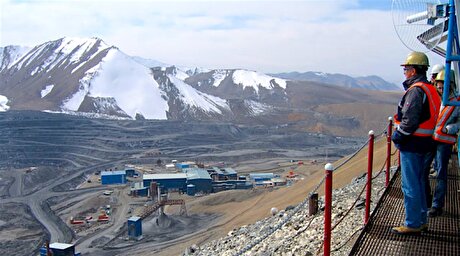
Kyrgyzstan kicks off underground gold mining at Kumtor
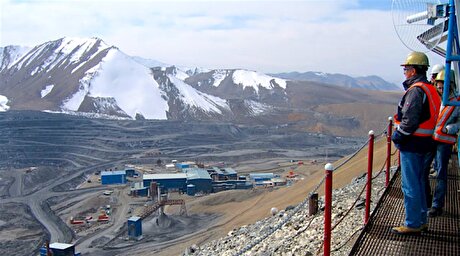
Kyrgyzstan kicks off underground gold mining at Kumtor

KoBold Metals granted lithium exploration rights in Congo

Freeport Indonesia to wrap up Gresik plant repairs by early September
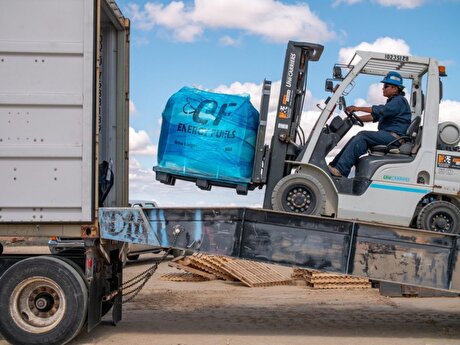
Energy Fuels soars on Vulcan Elements partnership

Northern Dynasty sticks to proposal in battle to lift Pebble mine veto

Giustra-backed mining firm teams up with informal miners in Colombia

Critical Metals signs agreement to supply rare earth to US government-funded facility

China extends rare earth controls to imported material

Galan Lithium proceeds with $13M financing for Argentina project

Kyrgyzstan kicks off underground gold mining at Kumtor

Freeport Indonesia to wrap up Gresik plant repairs by early September

Energy Fuels soars on Vulcan Elements partnership

Northern Dynasty sticks to proposal in battle to lift Pebble mine veto

Giustra-backed mining firm teams up with informal miners in Colombia

Critical Metals signs agreement to supply rare earth to US government-funded facility

China extends rare earth controls to imported material

Galan Lithium proceeds with $13M financing for Argentina project
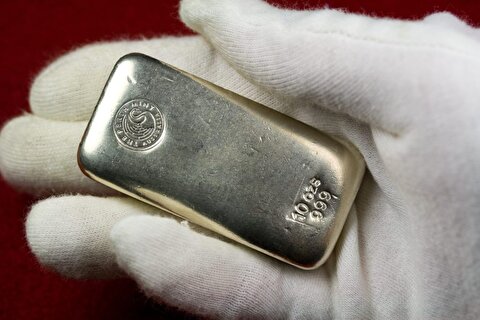
Silver price touches $39 as market weighs rate cut outlook

















